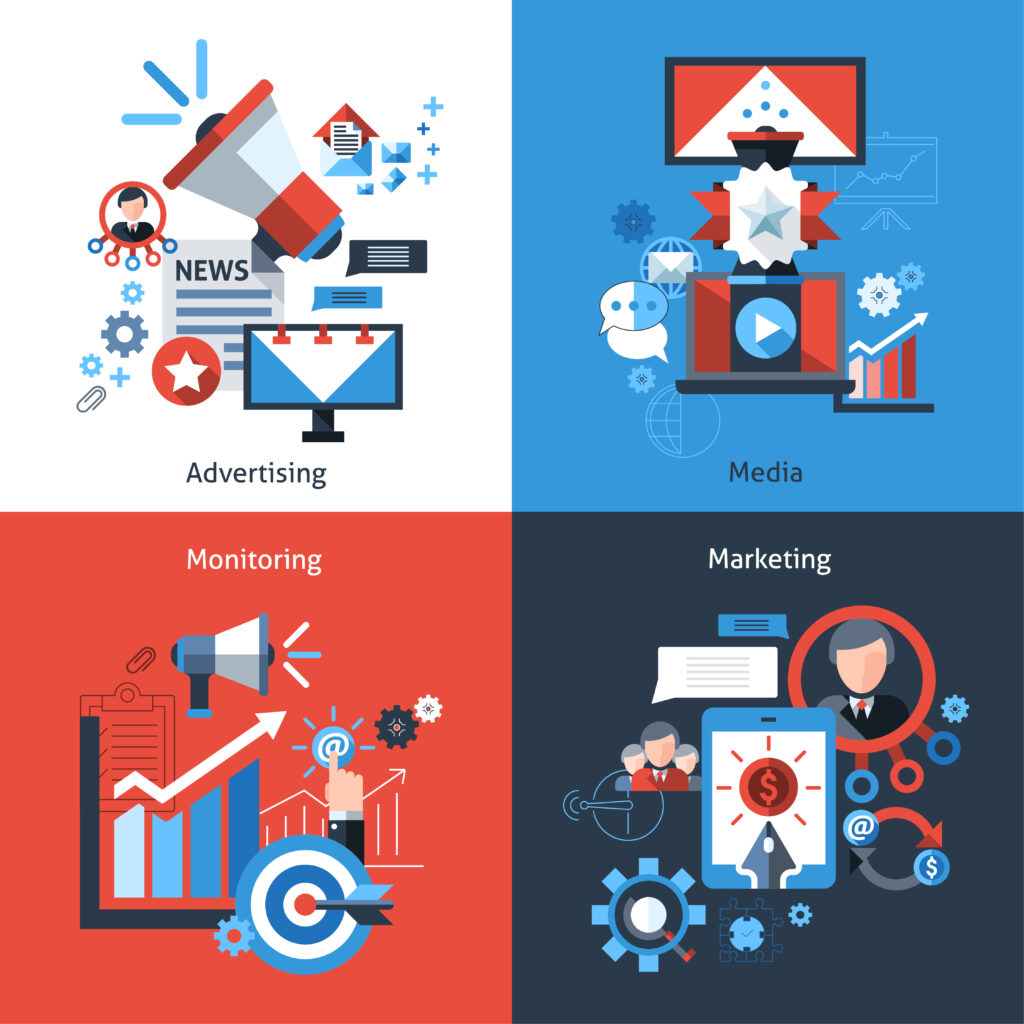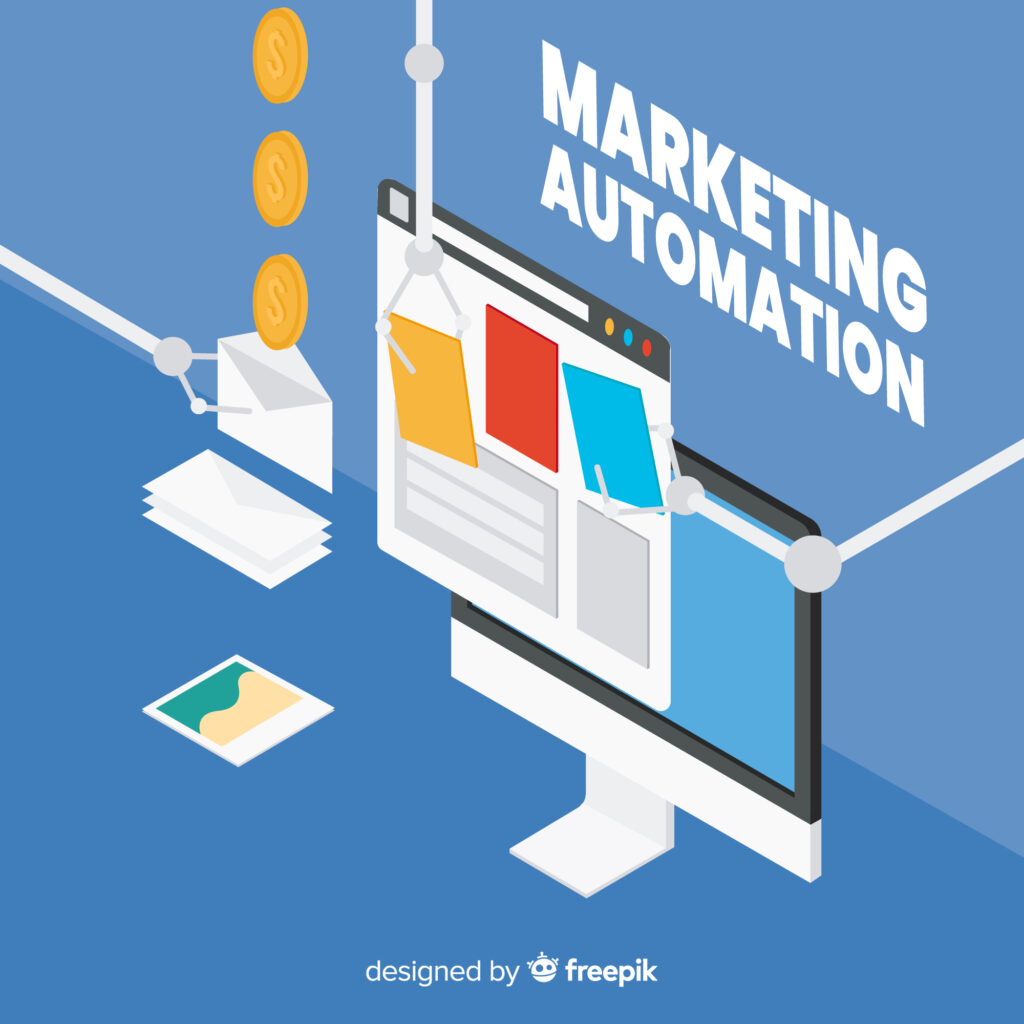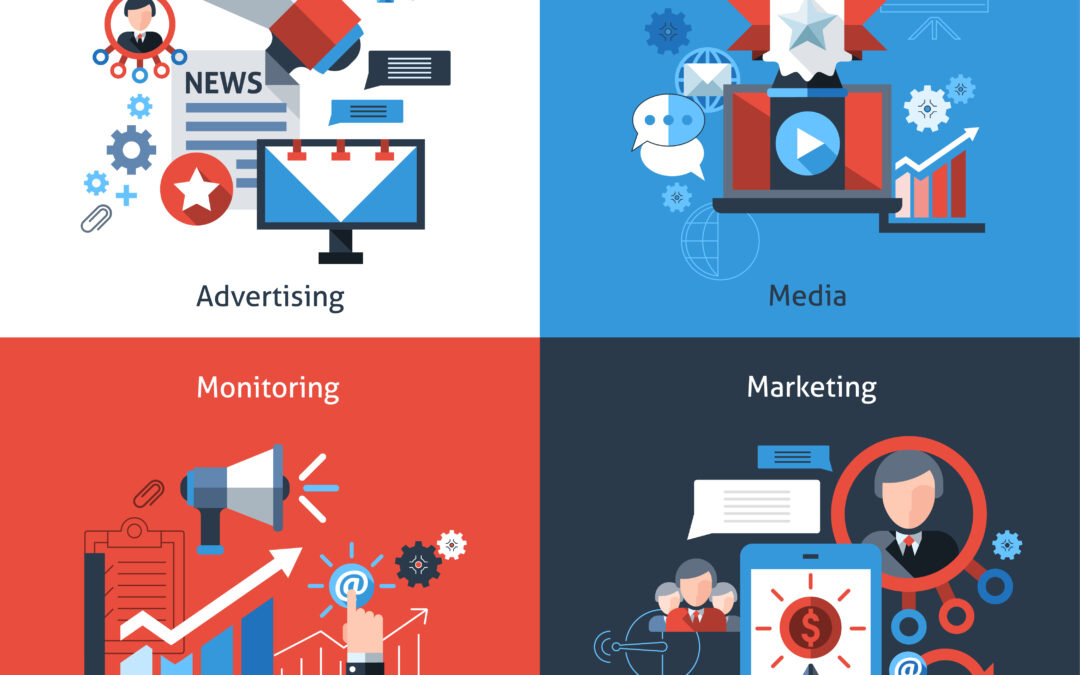Discover a complete comparison of Digital vs Traditional Marketing in 2025 to learn which strategy delivers better ROI and growth to your business to outperform. Digital marketing is more effective than traditional marketing in 2025 because it offers real-time data, global reach, lower costs, and precise audience targeting. Traditional marketing still builds brand trust but is expensive and harder to measure. Most companies now use a mix, with digital channels leading the way.

Contents
- 1 The Shift from Traditional to Digital
- 2 Digital Marketing vs Traditional Marketing: 2025 Head-to-Head Comparison
- 3 Why Digital Marketing Is More Effective in 2025 (Digital Vs Traditional Marketing)https://digitalradha.com/blog/
- 4 Which Marketing Strategy Works Best in 2025? Digital Vs Traditional Marketing
- 5 📊 Digital vs Traditional Marketing: 2025 Comparison Guide
The Shift from Traditional to Digital
Marketing has changed more in the last decade than in the previous fifty years. Once, newspapers, TV, radio, and billboards ruled. Today, search engines, social media, and email dominate.Businesses now spend more on digital marketing than traditional advertising — and the gap keeps growing. This article breaks down Digital Marketing vs Traditional Marketing in 2025, showing how they differ, where they overlap, and which works best for your business.
Defining Digital Marketing in 2025https://digitalradha.com/blog/
Digital marketing uses online platforms to promote products or services. In 2025, it includes:
- Search engine optimization (SEO)
- Social media marketing (SMM)
- Email marketing
- Pay-per-click (PPC) ads
- Content marketing
- Influencer partnerships
- AI-driven personalization and automation
These tools allow brands to connect with specific audiences instantly and track performance in real time.
Understanding Traditional Marketing Channels
Traditional marketing relies on offline channels, such as:
- Television and radio advertising
- Print media (newspapers, magazines, brochures)
- Billboards and outdoor ads
- Direct mail
- Telemarketing and in-person events
These methods reach broad audiences but lack real-time tracking and customization.
Digital Marketing vs Traditional Marketing: 2025 Head-to-Head Comparison
Reach and Targeting Capabilities
Digital marketing lets brands target users by demographics, interests, behavior, and location.
You can reach the exact audience likely to buy your product.
Traditional marketing casts a wide net, which builds broad awareness but wastes budget on uninterested audiences. In 2025, precision targeting gives digital marketing a major edge.
Cost Effectiveness and ROI
Digital campaigns cost less and deliver measurable results. You can start small, track every click, and scale what works. ROI is easy to calculate.
Traditional marketing often requires large budgets for TV, print, or billboard placements. Results are harder to measure, and small businesses may struggle to afford it.
Real-Time Analytics vs Offline Tracking
With digital marketing, you can see results instantly — clicks, views, sales, engagement, and more. You can pause, tweak, or boost campaigns in real time.
Traditional marketing lacks instant feedback. Marketers rely on surveys or sales lift studies, which are slow and expensive.
Engagement and Customer Interaction
Digital platforms allow two-way communication. Users can like, share, comment, or message instantly.
Traditional channels are one-way. The audience sees your message but can’t easily respond. This makes engagement lower and feedback slower.
Why Digital Marketing Is More Effective in 2025 (Digital Vs Traditional Marketing)https://digitalradha.com/blog/
Personalization and Audience Segmentation
Modern tools use data to deliver personalized messages to each user. AI can tailor ads, emails, and content to individual preferences, which boosts conversions.
Traditional ads show the same message to everyone, regardless of interest or readiness to buy.
Measurable Results and Performance Metrics
Digital platforms provide dashboards showing real-time performance metrics. You can measure ROI, cost-per-click, and conversion rates with ease.
Traditional marketing relies on guesswork and post-campaign surveys, which makes optimization difficult.
Faster Campaign Execution and Optimization
Digital campaigns can be created and launched in hours. You can A/B test ads, update messaging, and adjust targeting instantly.
Traditional campaigns often take weeks to design, print, and distribute. Any change means starting over — and paying more.
Challenges of Traditional Marketing Today
Higher Costs and Lower Measurability
TV, print, and outdoor campaigns demand high upfront costs. Measuring their impact accurately is difficult and slow.
Limited Target Audience Reach
Traditional channels are limited by geography and time slots. They work well for local branding but struggle to reach global or niche audiences.
Online Marketing Growth Trends in 2025
Shifting Budgets Toward Digital Channels
Businesses are shifting more of their budgets to digital platforms. This is driven by better ROI, lower costs, and measurable outcomes.
Role of AI and Automation in Marketing Campaigns
AI now handles ad bidding, content personalization, chatbots, and email workflows. Automation saves time and improves performance, making digital marketing more powerful than ever.
Which Marketing Strategy Works Best in 2025? Digital Vs Traditional Marketing
There’s no one-size-fits-all answer.
- Small and growing brands benefit most from digital channels for their low cost and fast results.
- Large brands often combine traditional (for mass awareness) with digital (for conversions).
The winning formula in 2025 is an integrated marketing strategy — using digital for data-driven growth while keeping traditional for brand trust and offline visibility.
📊 Digital vs Traditional Marketing: 2025 Comparison Guide
Real-World Examples: How Businesses Use Each Strategy
Example 1 — A Local Bakery Going Digital
A small bakery once relied on flyers and newspaper ads.
In 2025, it shifted to Instagram and WhatsApp Business, sharing daily stories and offers.
Within months:
- Orders grew 300%
- Ad costs dropped by 70%
- Customer engagement skyrocketed
Lesson: Digital marketing gives small businesses instant reach and measurable results.
Example 2 — A National Brand Using a Hybrid Strategy
A large beverage company uses TV ads during sports events for mass exposure.
At the same time, it runs influencer campaigns on TikTok and Instagram, targeting younger audiences.
- TV builds trust and recognition
- Social media drives sales and user-generated content
Lesson: Traditional marketing builds broad awareness, while digital drives conversions.
📈 Data and Statistics: The 2025 Marketing Landscape( Digital vs Traditional Marketing)https://digitalradha.com/blog/
- Global digital ad spending will exceed $740 billion in 2025, making up more than 70% of total ad budgets. (Source: Statista)
- Over 63% of marketers say digital delivers better ROI than traditional. (Source: HubSpot)
- Consumers spend 7+ hours a day online, reducing the effectiveness of offline channels. (Source: DataReportal)
- Email marketing ROI is about $36 for every $1 spent, while TV and print often deliver single-digit ROI. (Source: Litmus)
What this shows: The market is moving where people’s attention is — and that’s online.
📌 Detailed Cost Comparison (Digital vs Traditional Marketing) https://www.linkedin.com/in/radha-dm-276611380/
| Factor | Digital Marketing | Traditional Marketing |
| Initial Budget | Low to moderate | High |
| Cost Flexibility | Highly flexible (scale anytime) | Fixed, requires large upfront spends |
| Tracking ROI | Easy with analytics tools | Difficult, often based on estimates |
| Time to Launch | Hours or days | Weeks or months |
| Ongoing Costs | Pay-as-you-go (ads, tools, content) | High (printing, distribution, airtime) |
| Small Business Friendly? | Yes | Not always |
📌 Detailed Performance Comparison (Digital vs Traditional Marketing)
| Criteria | Digital Marketing | Traditional Marketing |
| Audience Reach | Global + niche | Local or regional |
| Targeting Options | Demographics, interests, behavior | Limited or none |
| Engagement Type | Interactive (comments, likes, shares) | Passive (view-only) |
| Feedback Speed | Instant | Slow |
| Personalization | High | None |
| Analytics | Real-time | Post-campaign estimates |
📣 Why Digital Marketing Is Winning in 2025 (Digital Vs Traditional Marketing)
Consumers Expect Personalization
Modern buyers expect brands to know their preferences.
Digital tools track behavior and tailor ads or offers.
This builds stronger relationships and improves customer loyalty.
Traditional ads can’t adapt to individual interests, making them less relevant.
Data-Driven Decisions Beat Guesswork
Digital marketing provides live data. Marketers can instantly see what works and what doesn’t.
Traditional channels give delayed or incomplete data, forcing businesses to guess.
Speed and Agility Win in Competitive Markets
Markets change fast. Digital campaigns can pivot within hours.
Traditional campaigns often can’t be changed once printed or broadcast.
Multi-Channel Integration Boosts Results
Digital marketing lets you link multiple channels — social, email, websites, search ads — for a unified experience.
Traditional channels often work in isolation, reducing impact.
📌 Best Use Cases for Each Marketing Type (Digital Vs Traditional Marketing)https://medium.com/@radhas.dgm
When Digital Marketing Works Best
- Startups and small businesses with tight budgets
- Brands needing fast feedback or rapid growth
- E-commerce businesses targeting global buyers
- Niche markets needing precision targeting
When Traditional Marketing Still Makes Sense
- Luxury brands building prestige and trust
- Political campaigns or mass awareness drives
- Events with large local attendance (fairs, festivals)
- Audiences with low internet access
⚡ Expert Insight
Marketing experts agree the future is digital-first:
“Digital marketing isn’t just cheaper — it’s smarter. It gives you the ability to understand your customer and react in real time. Traditional marketing can’t match that agility.”
📌 Common Myths About Digital vs Traditional Marketinghttps://www.quora.com/profile/Radha-DM-1/answers
Myth 1: Traditional Marketing Is Dead
Truth: It’s not dead — just less dominant. It works when used with digital strategies for broader reach.
Myth 2: Digital Marketing Is Free
Truth: It can be cost-effective, but it still needs budget for ads, content, and tools.
Myth 3: Only Big Brands Need Traditional Ads
Truth: Even small local businesses can benefit from offline branding in certain cases.
📌 The Future: Digital-First, Hybrid Strategies
Most companies in 2025 follow a hybrid marketing model:
- 80% digital: for performance, targeting, and measurement
- 20% traditional: for mass reach and brand credibility
This balance maximizes ROI and builds trust while staying competitive.
📌 Final Verdict (Digital vs Traditional Marketing)
Digital marketing outperforms traditional marketing on almost every front in 2025 — from targeting and cost to speed and data tracking. Digital vs Traditional Marketing
But traditional marketing still has value, especially for trust-building and broad campaigns.
The smartest strategy is digital-first with selective traditional support.
This gives brands fast growth and strong, long-term presence.
Frequently Asked Questions (FAQs) Digital vs Traditional Marketing
Is digital marketing cheaper than traditional marketing?
Yes. Digital marketing generally costs less and offers measurable ROI, while traditional marketing requires higher budgets and has harder-to-track results.
Can traditional marketing still work in 2025?
Yes, especially for brand awareness and local reach. However, it’s less effective for targeted, data-driven campaigns.
Which is better for small businesses — digital or traditional?
Digital marketing is usually better for small businesses because it’s affordable, fast to launch, and easy to track.
Will traditional marketing disappear?
Not entirely. It will play a smaller role, mainly for large campaigns and offline audiences, while digital continues to dominate.
What is the main difference between digital and traditional marketing?
Digital marketing uses online channels and offers real-time tracking, while traditional uses offline media like TV and print with slower feedback.
Why is digital marketing more effective today?
It’s cheaper, faster, measurable, and reaches specific audiences instantly — unlike traditional marketing.
Which has better ROI — digital or traditional?
Digital marketing delivers higher ROI thanks to real-time analytics and low costs, while traditional requires bigger budgets.
Can traditional marketing still help small businesses? (Digital vs Traditional Marketing)
It can for local visibility, but digital is usually more cost-effective and measurable for small brands.
Is digital marketing the future of advertising?
Yes, trends show most ad spending is moving to digital platforms driven by AI, automation, and consumer behavior. Perfect!
Let’s continue with Part 3 of your SEO-optimized article on
“Digital vs Traditional Marketing: 2025 Comparison Guide.”
🌐 Digital Marketing Trends in 2025
Digital marketing is changing fast. In 2025, these trends are shaping how brands connect with people:
AI-Powered Personalization
AI tools now track user behavior and send ultra-personal content automatically.
- Emails are tailored to each buyer
- Ads change based on browsing habits
- Chatbots answer customer questions instantly
This makes digital campaigns faster, smarter, and more profitable than traditional methods.
Short-Form Video Dominance
Platforms like Instagram Reels, TikTok, and YouTube Shorts drive most engagement.
- Brands use 15–30 second clips to tell stories
- Videos boost conversions more than static ads
- Traditional media can’t match this level of interaction
Voice Search and Smart Devices
More people are asking Alexa, Siri, and Google Assistant for recommendations.
Brands now optimize content for voice search using:
- Clear question-and-answer formats
- Natural language
- Local keywords for “near me” searches
Traditional ads don’t appear on smart speakers — a big digital advantage.
First-Party Data Focus
With privacy laws tightening, companies collect data directly from customers through:
- Email signups
- Loyalty programs
- Interactive content
This builds trust and fuels personalized marketing — something traditional channels can’t do.
📌 The Future of Traditional Marketing
Even as digital grows, traditional marketing isn’t disappearing — it’s evolving:
- Print ads are now paired with QR codes that link to digital campaigns
- Billboards are becoming digital displays that update in real-time
- TV and radio ads often run alongside online campaigns for broader reach
Traditional is shifting from stand-alone to support role — adding trust and credibility while digital drives action.
💻 Best Digital Marketing Channels to Use in 2025 (Digital vs Traditional Marketing)https://digitalradha.com/blog/
| Channel | Best For | Key Advantage |
| SEO (Search Engine Optimization) | Long-term traffic & brand visibility | High ROI, builds authority |
| Social Media Marketing | Engagement & community building | Fast reach, viral potential |
| Content Marketing (Blogs, Videos) | Educating and nurturing leads | Boosts E-E-A-T, evergreen value |
| Email Marketing | Customer retention & loyalty | High ROI, personal touch |
| Paid Ads (PPC, Social Ads) | Quick leads and conversions | Highly targeted, scalable |
| Influencer Marketing | Brand awareness with niche audiences | Trusted voices, strong social proof |
Tip: Combine 2–3 of these channels instead of using just one.
Multi-channel digital campaigns outperform single-channel traditional campaigns by a large margin.
📌 Why AI Gives Digital Marketing an Edge (Digital Vs Traditional)
AI isn’t just a trend — it’s transforming how marketing works in 2025:
- Predicts what customers want before they ask
- Automates email, social, and ad campaigns
- Tracks performance in real-time
- Saves time, reduces human error, and boosts ROI
Traditional marketing can’t adapt in real time or personalize at scale.
That’s why digital campaigns now dominate most industries.
📝 Summary: Digital vs Traditional in 2025 (Digital vs Traditional Marketing)
| Category | Digital Marketing | Traditional Marketing |
| Speed | Hours or days | Weeks or months |
| Personalization | High | None |
| Cost | Low to moderate | High |
| Measurement | Real-time | Difficult |
| Reach | Global + targeted | Local + broad |
| ROI | Higher | Lower |
| Adaptability | Very agile | Rigid |
Bottom Line:
Digital marketing offers speed, data, targeting, and lower costs.
Traditional marketing offers trust, prestige, and mass exposure.

The strongest brands use digital-first with traditional as support.https://digitalradha.com/blog/

